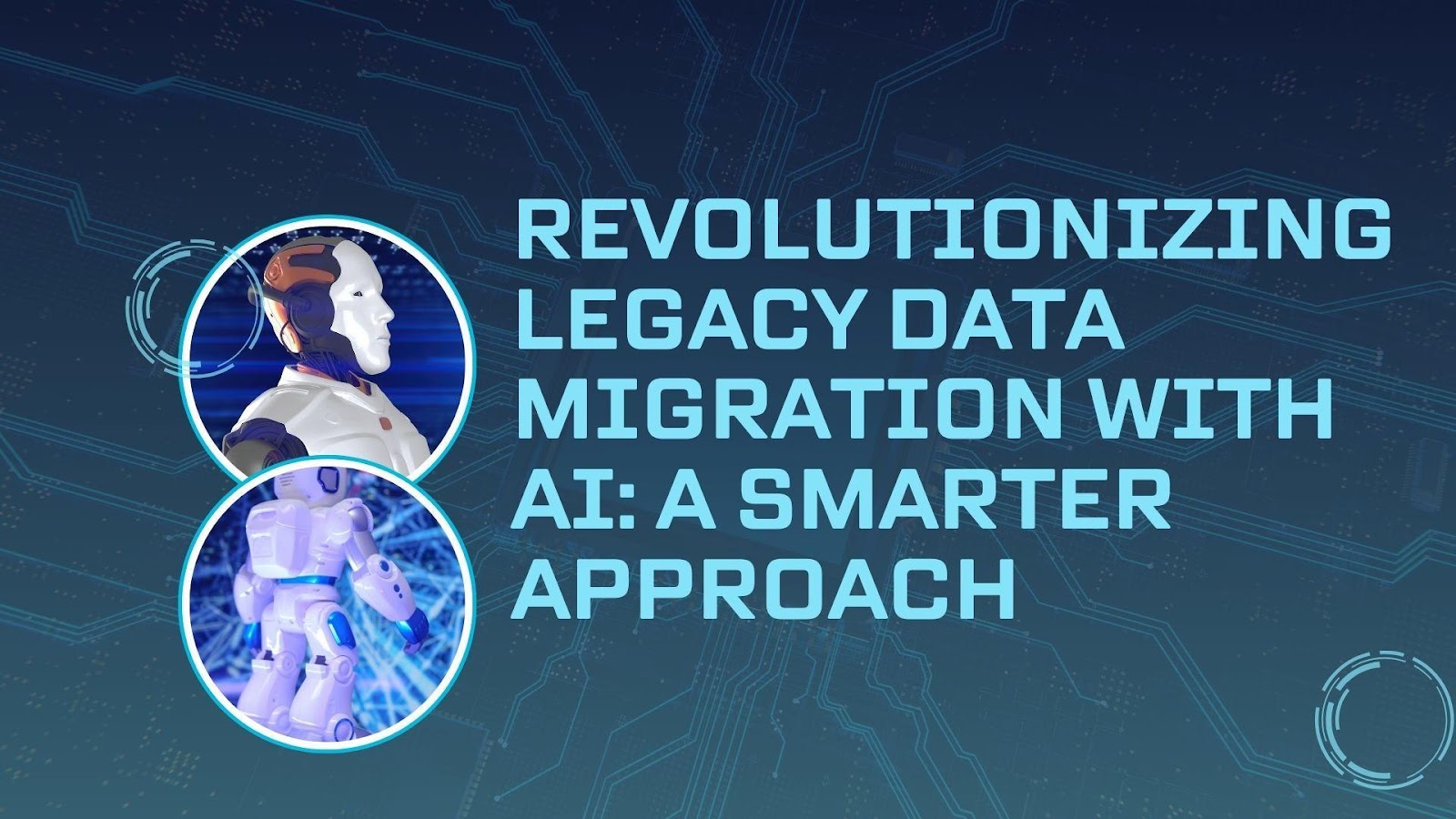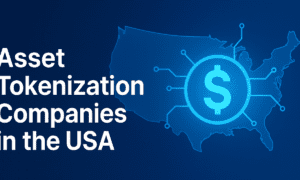In today’s digital era, organizations are faced with the challenge of migrating data from legacy systems to modern cloud-based environments. This process is often complex and fraught with difficulties, but the integration of artificial intelligence (AI) is paving the way for smoother transitions. Pavan Kumar Boyapati, a thought leader in this field, explores how AI-powered intelligent interfaces can transform legacy data migration processes, making them faster, more efficient, and cost-effective.
The Modern Challenge of Legacy Data Migration
Legacy systems often store vast amounts of crucial business data accumulated over decades. As organizations push forward with digital transformation, migrating this data to cloud platforms has become essential. However, these migrations are often burdened with technical challenges such as incompatible database architectures, application dependencies, and network integration issues. The complexity of ensuring data consistency and integrity during the migration process can lead to project delays and increased risks.
Metadata-Driven Architecture: A Strong Foundation
The backbone of modern data migration solutions is the metadata-driven approach. By creating a detailed inventory of an organization’s data assets, metadata-driven architecture helps overcome the inherent challenges of migrating data from heterogeneous legacy systems. This framework ensures that both the source legacy systems and the target cloud platforms are mapped comprehensively, providing a robust foundation for data migration.
Visual Mapping: Bridging the Gap Between Business and Technology
One of the most innovative aspects of AI-driven data migration is the use of visual mapping tools. Unlike traditional methods, which rely heavily on coding and technical specifications, visual mapping creates an intuitive, collaborative interface where both technical teams and business stakeholders can participate in defining how data will be transformed. This approach significantly reduces cognitive complexity and fosters better alignment between business needs and technical execution. By providing graphical tools for mapping data fields, creating transformation logic, and defining relationships, these tools empower teams to manage even the most complex migrations with ease.
Automation at Its Best: Smart Transformation and Execution
Once the data is mapped and transformation rules are defined, the execution phase of data migration can be automated. AI-powered intelligent interfaces utilize high-performance engines to implement data transformations efficiently. By leveraging code generation and parallel processing technologies, these systems can process large volumes of data quickly and accurately, while maintaining critical relationships between data elements. Furthermore, incremental migration support allows for phased transitions, reducing the risk of business disruption during the migration process. The automated execution not only speeds up the process but also reduces human error, making the migration process more reliable.
Validation and Reconciliation: Ensuring Data Integrity
Ensuring data integrity during migration is critical, and AI-powered systems offer robust validation and reconciliation mechanisms. Automated checks verify that migrated data meets established quality standards, ensuring completeness, accuracy, and consistency. Reconciliation processes compare source and target datasets at multiple levels, from simple record counts to more complex semantic analysis. These comprehensive validation techniques ensure that data remains reliable and consistent across both legacy and cloud systems. Additionally, automated testing frameworks simulate real-world business processes to verify that migrated data supports ongoing operations.
The Cloud Advantage: Scalability and Security
AI-powered migration tools benefit greatly from integration with cloud platforms. The cloud offers elastic scalability, which allows organizations to scale resources up or down based on the migration’s needs. This flexibility eliminates the constraints imposed by on-premises infrastructure, enabling the processing of large datasets efficiently. Additionally, cloud platforms provide advanced security features, including encryption, access controls, and audit logging, which ensure that data remains secure during the migration process. The seamless integration of AI-powered migration tools with cloud services also enhances cost optimization by reducing the need for significant upfront infrastructure investments.
In conclusion, data migration remains one of the most challenging aspects of digital transformation, but with AI-powered intelligent interfaces, organizations can tackle these challenges head-on. Pavan Kumar Boyapati’s research highlights how the integration of AI, metadata-driven architecture, and automated tools can streamline the migration process, improving efficiency, reducing costs, and ensuring data integrity. As more organizations modernize their legacy systems and migrate to cloud environments, these AI-powered tools will become indispensable, driving successful transitions and unlocking the full potential of legacy data.





























